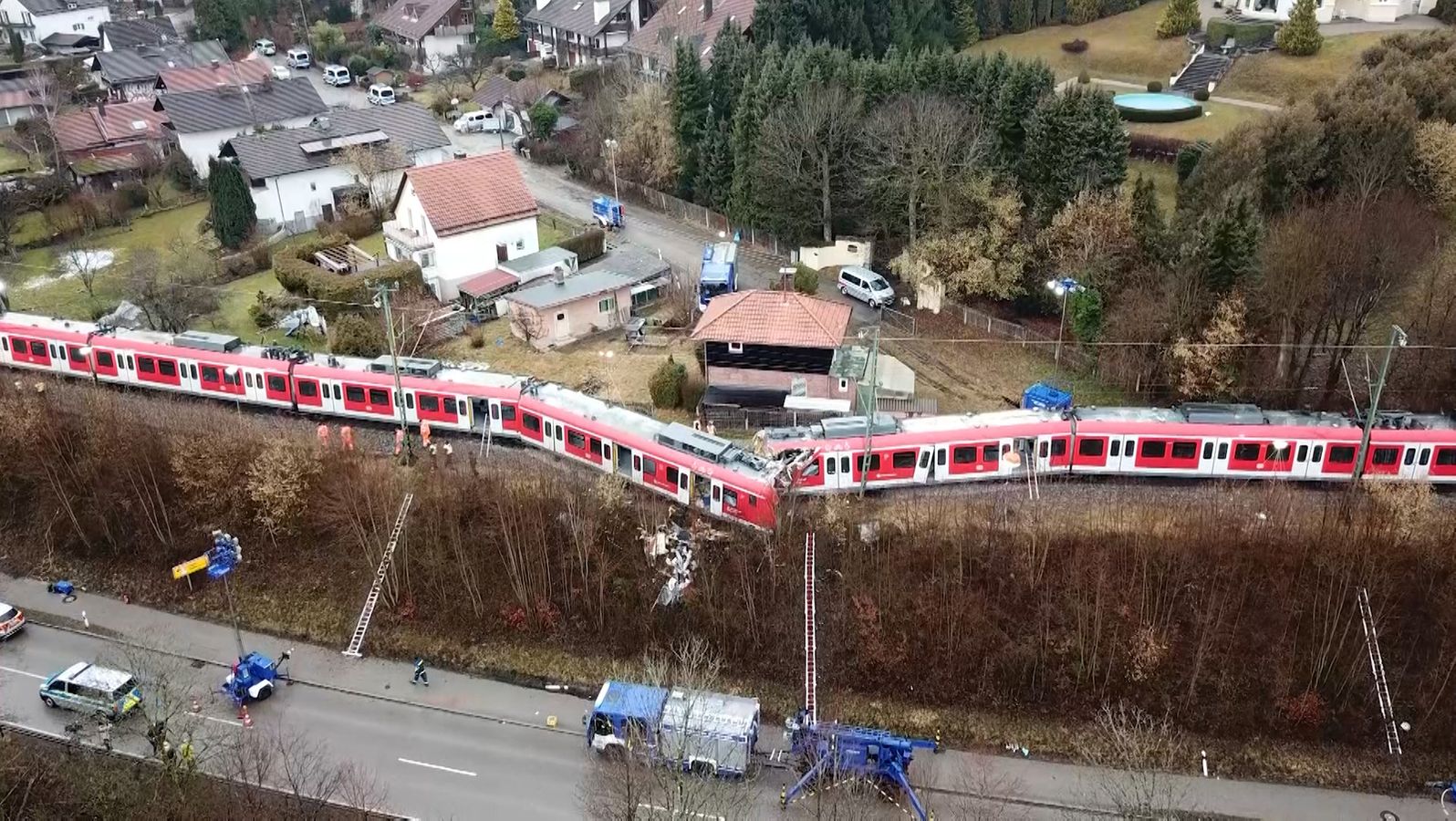It is actually quite likely that Zs1 was not involved in the accident. Curren speculations in German forums revolve around the misunderstanding that also lead to the incident last August, in which one of the drivers mistakenly took the order to drive on sight and secure the level crossing as an order also allowing passing the starting signal (compare with
http://www1.bayern.landtag.de/www/ElanTextAblage_WP18/Drucksachen/Schriftliche Anfragen/18_0017773.pdf).
There is quite little slack on the "Isartalbahn" and quite high political pressure to run the service on time. Combine that with single track lines and any kind of operational issues and you will run into problems, as dealing with it corretly costs time.
The protocols are actually fine, it's sticking to the protocols which causes problems. If everything was run to the rules, there would be no incidents (remember that every tragic railway accident in Germany over the last decades was because at least one person was not following the rulebook correctly). The safety culture on the German railways seems to be a bit more lax compared to that in Great Britain.


